Home>Garden Essentials>How Hard Is It To Grow Ophiopogon Japonicus In Maryland, And Use As Ground Cover For Dogs
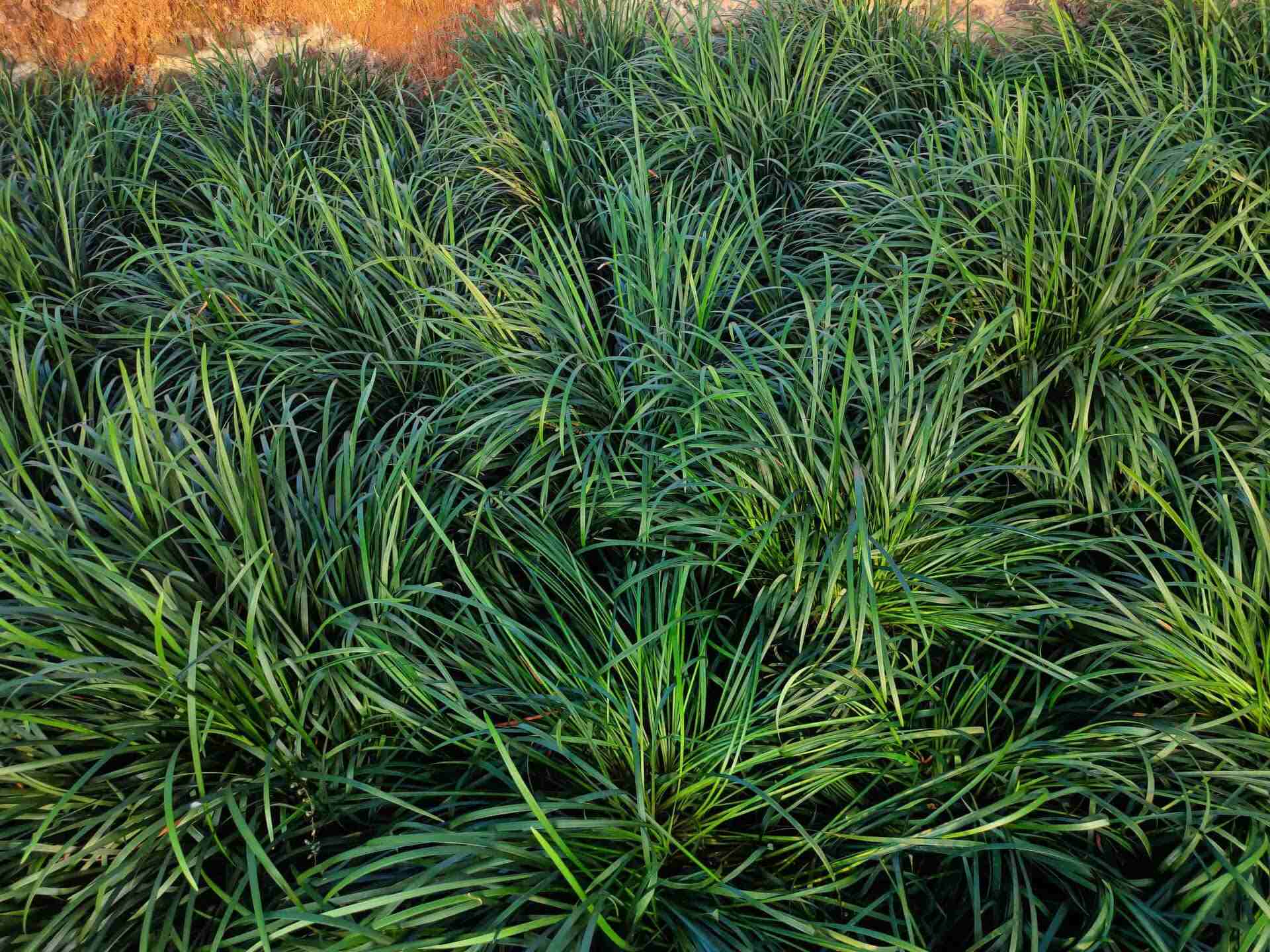

Garden Essentials
How Hard Is It To Grow Ophiopogon Japonicus In Maryland, And Use As Ground Cover For Dogs
Modified: March 27, 2024
Looking to grow Ophiopogon Japonicus in Maryland? Discover how to use this versatile plant as ground cover for dogs in your garden.
(Many of the links in this article redirect to a specific reviewed product. Your purchase of these products through affiliate links helps to generate commission for Storables.com, at no extra cost. Learn more)
Introduction
Welcome to our comprehensive guide on growing Ophiopogon Japonicus in Maryland and using it as ground cover for dogs. Ophiopogon Japonicus, also known as mondo grass or dwarf lilyturf, is a popular choice for gardeners looking for a low-maintenance, versatile plant that can add beauty and functionality to their outdoor space.
In this article, we will explore the climate and growing conditions in Maryland, provide an overview of Ophiopogon Japonicus, highlight its benefits as a ground cover for dogs, discuss potential challenges in growing it in Maryland, and offer tips and best practices for successfully cultivating and utilizing this plant.
Whether you are an experienced gardener or a beginner looking to enhance your garden and create a pet-friendly environment, this guide will provide you with valuable insights and practical advice to help you make the most of Ophiopogon Japonicus in your Maryland garden.
So, let’s dive in and discover the wonders of growing Ophiopogon Japonicus as ground cover for dogs in Maryland!
Key Takeaways:
- Ophiopogon Japonicus, or mondo grass, is a versatile and dog-friendly ground cover for Maryland gardens, providing a safe, low-maintenance, and visually appealing environment for pets to play and relax.
- Maryland gardeners can successfully grow Ophiopogon Japonicus by providing the right sunlight, soil, and water conditions, while also ensuring a safe and comfortable space for their dogs to enjoy.
Read more: How To Grow Moss As Ground Cover
Climate and Growing Conditions in Maryland
Maryland is located in the Mid-Atlantic region of the United States, characterized by a diverse climate that ranges from humid subtropical to humid continental. This diversity means that the growing conditions can vary across the state, so it’s important to understand the specific requirements of plants like Ophiopogon Japonicus in order to successfully cultivate them.
In general, Maryland experiences hot and humid summers, with average temperatures ranging from the high 70s to the low 90s Fahrenheit (25-35 degrees Celsius). Winters can be cold and snowy, with average temperatures ranging from the low 20s to the high 30s Fahrenheit (-5 to 5 degrees Celsius).
Ophiopogon Japonicus is a hardy plant that can tolerate a range of growing conditions. It thrives in full sun to partial shade, making it adaptable to different areas of your garden. However, in hotter regions of Maryland, providing some shade during the hottest part of the day can help prevent the plant from drying out.
When it comes to soil, Ophiopogon Japonicus prefers well-draining, fertile soil. It can tolerate a range of soil types, including sandy and clay soils, but it’s important to ensure that the soil doesn’t become waterlogged, as this can lead to root rot. Adding organic matter, such as compost, to the soil can improve its fertility and drainage.
In terms of water requirements, Ophiopogon Japonicus is moderately drought-tolerant once established. However, during the initial establishment period, regular watering is essential to help the plant develop a strong root system. Afterward, it is important to monitor the moisture level of the soil and water the plant accordingly, aiming to keep the soil evenly moist but not soggy.
Overall, Maryland’s climate and growing conditions offer a suitable environment for Ophiopogon Japonicus to thrive. By providing the right amount of sunlight, well-draining soil, and adequate water, you can create an ideal growing environment for this versatile plant.
Overview of Ophiopogon Japonicus
Ophiopogon Japonicus, commonly known as mondo grass or dwarf lilyturf, is a beautiful and versatile plant that has gained popularity among gardeners. Native to East Asia, this evergreen perennial belongs to the Asparagaceae family and is valued for its ornamental foliage and low-maintenance nature.
The plant typically grows in clumps and features narrow, strap-like leaves that can reach a height of 6-10 inches (15-25 cm). The foliage comes in various shades of green, ranging from dark green to variegated varieties with cream or white stripes. In early summer, Ophiopogon Japonicus also produces small, bell-shaped flowers on upright spikes, though these are not as showy as the foliage.
One of the standout characteristics of Ophiopogon Japonicus is its adaptability to different growing conditions. It can thrive in full sun to partial shade, making it suitable for various areas of your garden. This versatility allows you to place it in border plantings, rock gardens, under trees, or as a ground cover.
In addition to its ornamental value, Ophiopogon Japonicus offers practical benefits. Its dense and spreading growth habit makes it an excellent ground cover option. It creates a lush carpet-like effect, suppressing weeds and preventing soil erosion. This makes it ideal for areas where you want to keep the soil in place, such as slopes or garden beds.
Furthermore, Ophiopogon Japonicus has a fibrous root system that helps improve soil structure and aids in moisture retention. This makes it a useful plant for soil stabilization in erosion-prone areas. The plant is also considered deer-resistant, making it an attractive choice for those looking to protect their garden from browsing wildlife.
Overall, with its attractive foliage, adaptability, and practical benefits, Ophiopogon Japonicus is a fantastic addition to any garden. Whether used as a border plant, a ground cover, or to stabilize soil, this versatile plant will provide beauty and functionality to your outdoor space.
Benefits of Ophiopogon Japonicus as Ground Cover for Dogs
Ophiopogon Japonicus, also known as mondo grass or dwarf lilyturf, not only adds beauty to your garden but also offers several benefits as a ground cover for dogs. Here are some of the advantages of incorporating this versatile plant into your outdoor space:
- Safe and Non-Toxic: One of the primary concerns for dog owners is creating a safe environment for their furry friends. Ophiopogon Japonicus is a non-toxic plant and is considered safe for dogs. This makes it an excellent choice for areas where your pets roam and play.
- Soft and Cushioning Surface: Dogs love to run and play, and having a soft and cushioned surface can be easier on their paws and joints. Ophiopogon Japonicus forms a dense carpet-like growth, providing a comfortable surface for your dogs to play, run, and relax.
- Weed Suppression: As a ground cover, Ophiopogon Japonicus spreads and forms a dense mat, effectively suppressing the growth of weeds. This minimizes the chances of your dogs coming into contact with unwanted plants or harmful weeds that may cause allergies or other health issues.
- Soil Erosion Prevention: The spreading growth habit and fibrous root system of Ophiopogon Japonicus help stabilize the soil, preventing erosion. This is especially beneficial in areas where dogs may dig or create paths. The dense growth of the plant helps keep the soil in place, reducing the risk of erosion and creating a more stable ground for your pets.
- Low Maintenance: Ophiopogon Japonicus is known for its low maintenance requirements, making it easy to care for in your garden. It is drought-tolerant once established, reducing the need for frequent watering. Additionally, its dense growth minimizes the need for regular mowing or trimming, saving you time and effort in maintaining your outdoor space.
- Visual Appeal: With its vibrant green foliage and neat growth habit, Ophiopogon Japonicus adds aesthetic appeal to any garden. It creates a clean and uniform look, enhancing the overall visual appeal of your outdoor space while providing a safe and comfortable area for your dogs to enjoy.
By choosing Ophiopogon Japonicus as a ground cover for your dogs, you can create a beautiful and functional environment that is safe, comfortable, and easy to maintain. It offers numerous benefits that make it an excellent choice for pet owners looking to enhance their garden while ensuring the well-being of their furry companions.
Ophiopogon japonicus, also known as mondo grass, is hardy in USDA zones 6-11, making it suitable for Maryland. It is a great ground cover for dogs as it is low-maintenance and can withstand light foot traffic. Ensure well-drained soil and partial shade for best results.
Potential Challenges in Growing Ophiopogon Japonicus in Maryland
While Ophiopogon Japonicus is a hardy and adaptable plant, there are a few potential challenges to be aware of when growing it in Maryland. Understanding these challenges and taking appropriate measures can help ensure the success of your Ophiopogon Japonicus garden. Here are some potential obstacles you may face:
- Extreme Temperatures: Maryland experiences a wide range of temperatures, from hot and humid summers to cold and snowy winters. Extreme temperature fluctuations can stress the plant, especially during periods of freezing temperatures or scorching heat. Providing adequate protection, such as mulching around the base of the plant during winter and providing some shade during hot summer days, can help mitigate these challenges.
- Moisture Management: Ophiopogon Japonicus prefers well-draining soil and can be susceptible to root rot if the soil becomes waterlogged. However, it also requires consistent moisture to thrive. Therefore, finding the right balance of watering and ensuring proper drainage is essential. Regularly checking the moisture level of the soil and adjusting your watering schedule based on weather conditions can help prevent overwatering or underwatering.
- Weed Control: While Ophiopogon Japonicus is effective at suppressing weeds once established, during the initial stages, weeds can compete with the plant for nutrients and resources. It is important to keep the area around the plant free from weeds and provide proper mulching to minimize weed growth and give the Ophiopogon Japonicus a competitive advantage.
- Planting Location: Choosing the right planting location is crucial for the success of Ophiopogon Japonicus. It thrives in full sun to partial shade, but in extremely hot regions of Maryland, providing some shade during the hottest part of the day can prevent the plant from suffering from heat stress. Additionally, planting in well-drained soil and avoiding areas prone to waterlogging can help prevent root rot and other moisture-related issues.
- Pest Management: While Ophiopogon Japonicus is relatively resistant to pests, it can occasionally attract slugs, snails, and certain insects. Regularly inspecting the plants for any signs of pest activity and taking appropriate measures, such as handpicking or using organic pest control methods, can help keep potential pest infestations under control.
By being aware of these potential challenges and implementing the necessary precautions, you can successfully overcome these obstacles and enjoy a thriving Ophiopogon Japonicus garden in your Maryland landscape. By providing the optimal growing conditions and monitoring the plant’s health, you can mitigate these challenges and create a beautiful and sustainable garden.
Read more: How To Grow Rye For Ground Cover
Tips for Successfully Growing Ophiopogon Japonicus in Maryland
Successfully growing Ophiopogon Japonicus in Maryland requires attention to certain key factors. By following these tips, you can ensure that your Ophiopogon Japonicus thrives and adds beauty and functionality to your garden:
- Choose the Right Planting Location: Ophiopogon Japonicus prefers full sun to partial shade. When selecting a planting location, consider the amount of sunlight the area receives throughout the day. In hotter regions of Maryland, providing some shade during the hottest part of the day can prevent the plant from experiencing stress.
- Prepare the Soil: Ophiopogon Japonicus thrives in well-draining soil. Before planting, prepare your soil by incorporating organic matter, such as compost, to improve soil fertility and drainage. Avoid areas prone to waterlogging, as this can lead to root rot.
- Water Regularly: During the first growing season, it is important to establish a strong root system for the plant. Water Ophiopogon Japonicus regularly, aiming to keep the soil evenly moist but not waterlogged. Once established, it becomes more drought-tolerant.
- Mulch Around the Plant: Apply mulch around the base of Ophiopogon Japonicus to help retain soil moisture and suppress weed growth. A layer of mulch can also protect the plant’s roots during extreme temperatures in both summer and winter.
- Monitor and Control Weeds: While Ophiopogon Japonicus is effective at suppressing weeds once established, it may take some time for the plant to fill in and create a dense ground cover. During this establishment period, regularly remove any weeds that compete for nutrients and resources.
- Fertilize Sparingly: Ophiopogon Japonicus does not require heavy fertilization. However, a light application of balanced slow-release fertilizer in the spring can provide the plant with the necessary nutrients for healthy growth. Avoid over-fertilizing, as this can lead to foliar burn and excessive leaf growth.
- Monitor for Pests and Diseases: While Ophiopogon Japonicus is relatively resistant to pests and diseases, it is still important to monitor the plant for any signs of pest infestations or disease. Regularly inspect the leaves for any unusual spots, discoloration, or signs of pest activity. Treat any issues promptly using appropriate organic pest control methods if needed.
- Divide the Plant: Over time, Ophiopogon Japonicus can become dense and may benefit from division. Divide the plant every 3-4 years to maintain its vigor and prevent overcrowding. This will also provide you with additional plants that can be used to expand the ground cover or be shared with other gardeners.
By following these tips, you can create an optimal growing environment for Ophiopogon Japonicus in your Maryland garden. With proper planting, watering, weed control, and monitoring, you will enjoy the beauty and benefits of this versatile plant for years to come.
Best Practices for Using Ophiopogon Japonicus as Ground Cover for Dogs
Using Ophiopogon Japonicus as ground cover for dogs not only adds beauty to your garden but also provides a safe and functional space for your furry friends to enjoy. Here are some best practices to consider when incorporating Ophiopogon Japonicus as ground cover in areas where dogs play:
- Choose the Right Area: Select an area in your garden that is suitable for your dogs to play and roam freely. Consider their preferences and behaviors when choosing the location for the Ophiopogon Japonicus ground cover.
- Prepare the Area: Before planting Ophiopogon Japonicus, clear the area of any debris, rocks, or hazardous materials that could potentially harm your dogs. Smooth out the soil surface to create a safe and even ground for them to walk and play on.
- Ensure Proper Drainage: Ophiopogon Japonicus prefers well-draining soil. Adequate drainage is essential to prevent waterlogging, which can lead to root rot and other plant health issues. If necessary, amend the soil with organic matter to improve drainage and prevent standing water.
- Establish a Strong Root System: During the initial establishment period, provide regular watering to help the Ophiopogon Japonicus plants develop a strong and healthy root system. This will ensure their resilience and durability as your dog-friendly ground cover.
- Maintain an Adequate Height: Regularly trim or mow the Ophiopogon Japonicus ground cover to maintain an optimal height. This will help prevent tangling or matting of the foliage, making it easier for your dogs to walk and play on the surface.
- Monitor Plant Health: Regularly inspect the Ophiopogon Japonicus plants for any signs of disease or infestation. Look out for yellowing leaves, spots, or discoloration, as these may indicate potential problems. Address any issues promptly to keep your ground cover healthy and safe for your dogs.
- Provide Shaded Areas: If you live in an area with extremely hot summers, consider providing shaded areas within or near the Ophiopogon Japonicus ground cover. This will give your dogs a place to retreat from the sun and prevent overheating.
- Train Dogs to Respect the Area: It is important to train your dogs to respect the Ophiopogon Japonicus ground cover area. Teach them to avoid digging or excessive rough play that may damage the plants. Positive reinforcement and redirection can help guide their behavior and protect the integrity of the ground cover.
By following these best practices, you can create a dog-friendly environment with Ophiopogon Japonicus as the ground cover. Remember to regularly assess the condition of the ground cover and make any necessary adjustments to ensure the safety and enjoyment of both your dogs and your garden.
Conclusion
Congratulations! You have now learned valuable information on growing Ophiopogon Japonicus in Maryland and using it as ground cover for dogs. This versatile and resilient plant can add beauty, functionality, and safety to your outdoor space, creating a harmonious environment for both you and your furry companions.
By understanding the climate and growing conditions in Maryland, you can provide the ideal environment for Ophiopogon Japonicus to thrive. Its adaptability to different lighting conditions and soil types makes it a suitable choice for various areas of your garden.
Ophiopogon Japonicus offers numerous benefits as ground cover for dogs. It provides a soft and cushioning surface for your dogs to play and rest on, while also suppressing weeds and preventing soil erosion. Additionally, its non-toxic nature ensures the safety of your furry friends.
While there may be potential challenges in growing Ophiopogon Japonicus, such as extreme temperatures and weed control, following the recommended tips can help you overcome these obstacles and achieve success in your garden. Regular monitoring of the plant’s health and proper maintenance will ensure its continued vitality and beauty.
Remember to choose a suitable area for the ground cover, prepare the soil, and establish a strong root system. Additionally, providing shaded areas for your dogs and training them to respect the ground cover will contribute to long-term success.
Overall, Ophiopogon Japonicus is a wonderful addition to any Maryland garden. Its vibrant foliage, low maintenance requirements, and dog-friendly characteristics make it an excellent choice for those seeking beauty, functionality, and safety in their outdoor space.
So, why wait? Start incorporating Ophiopogon Japonicus as ground cover for your dogs today and transform your Maryland garden into a pet-friendly oasis!
Frequently Asked Questions about How Hard Is It To Grow Ophiopogon Japonicus In Maryland, And Use As Ground Cover For Dogs
Was this page helpful?
At Storables.com, we guarantee accurate and reliable information. Our content, validated by Expert Board Contributors, is crafted following stringent Editorial Policies. We're committed to providing you with well-researched, expert-backed insights for all your informational needs.

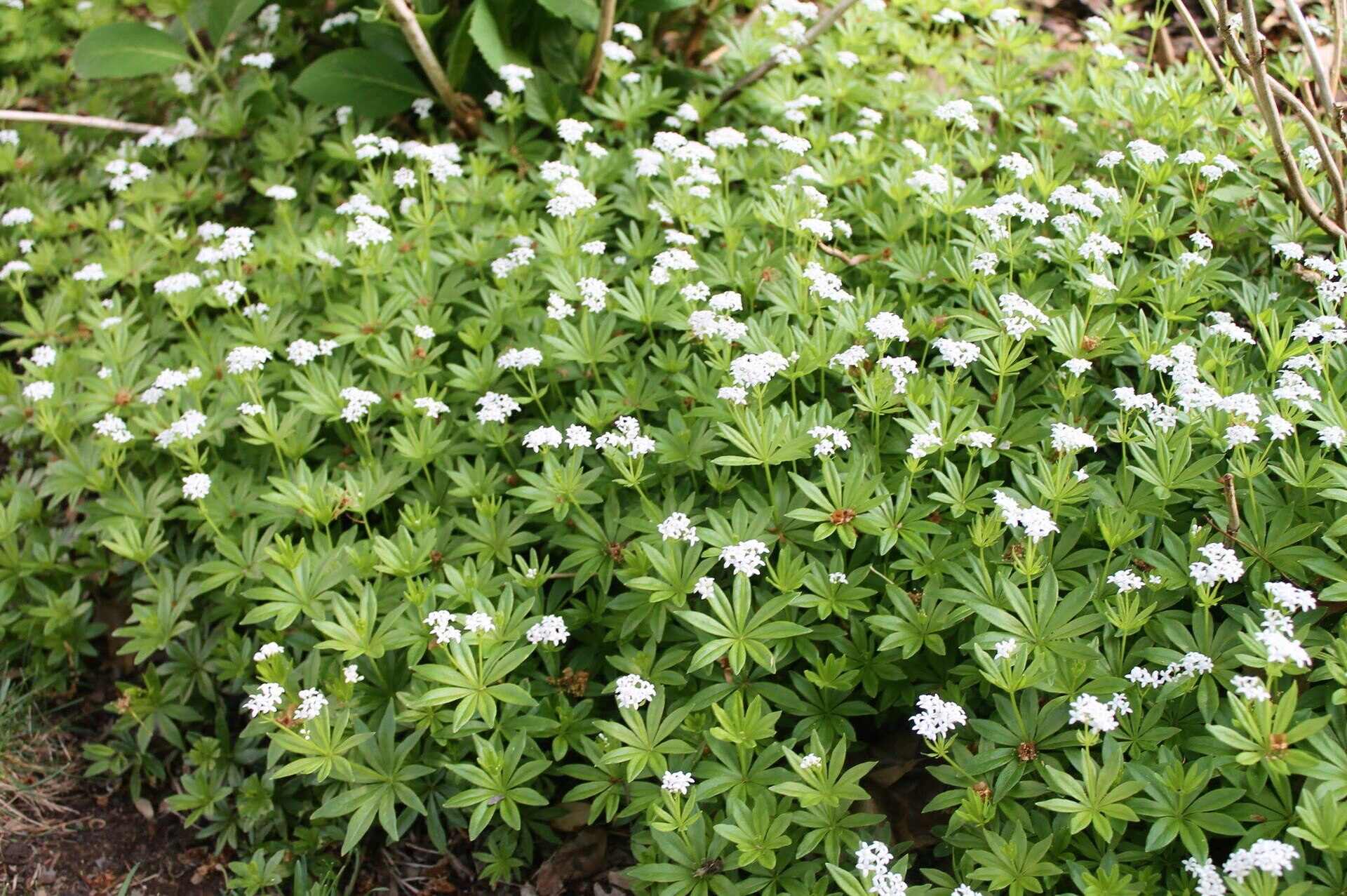
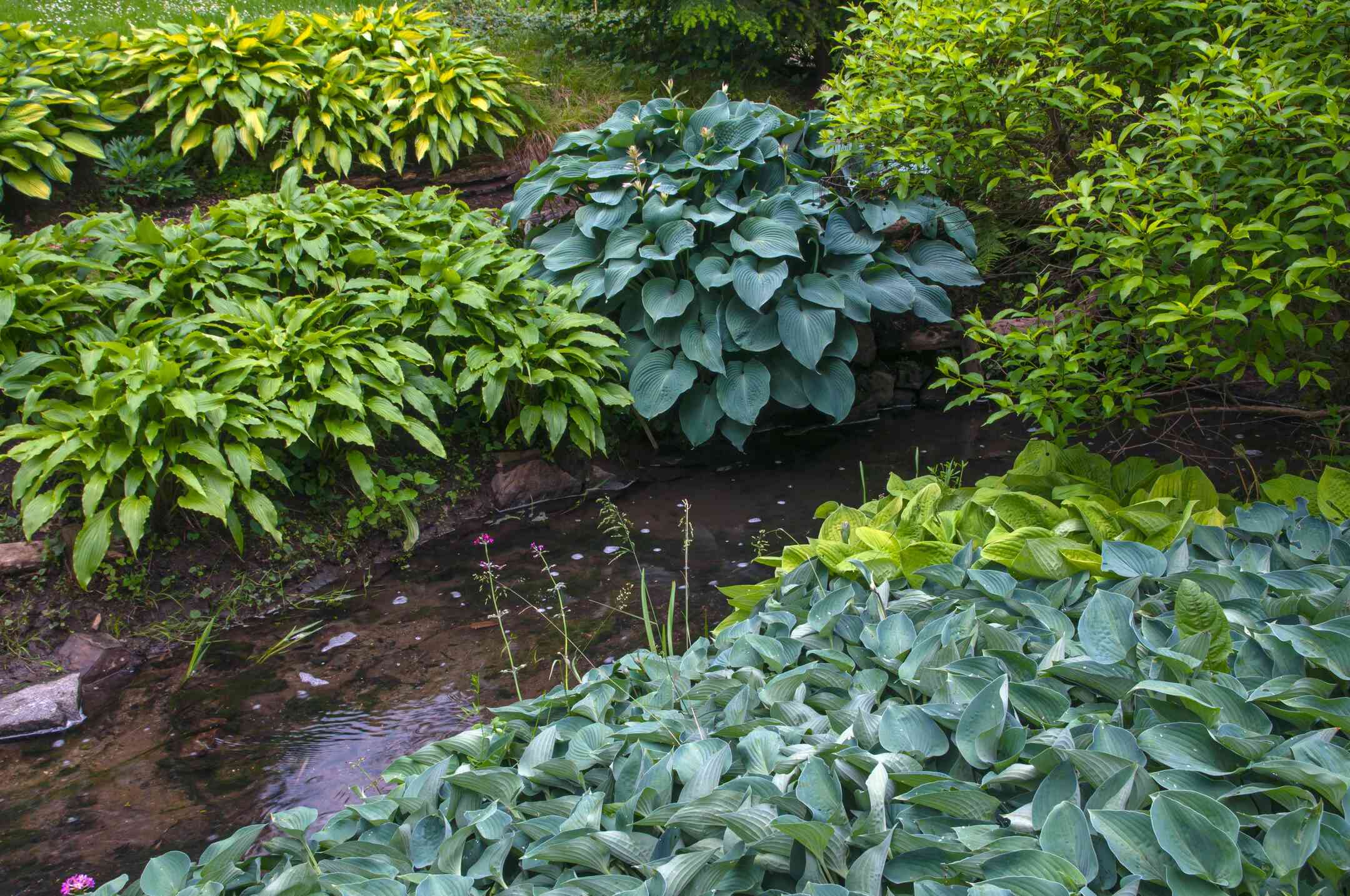
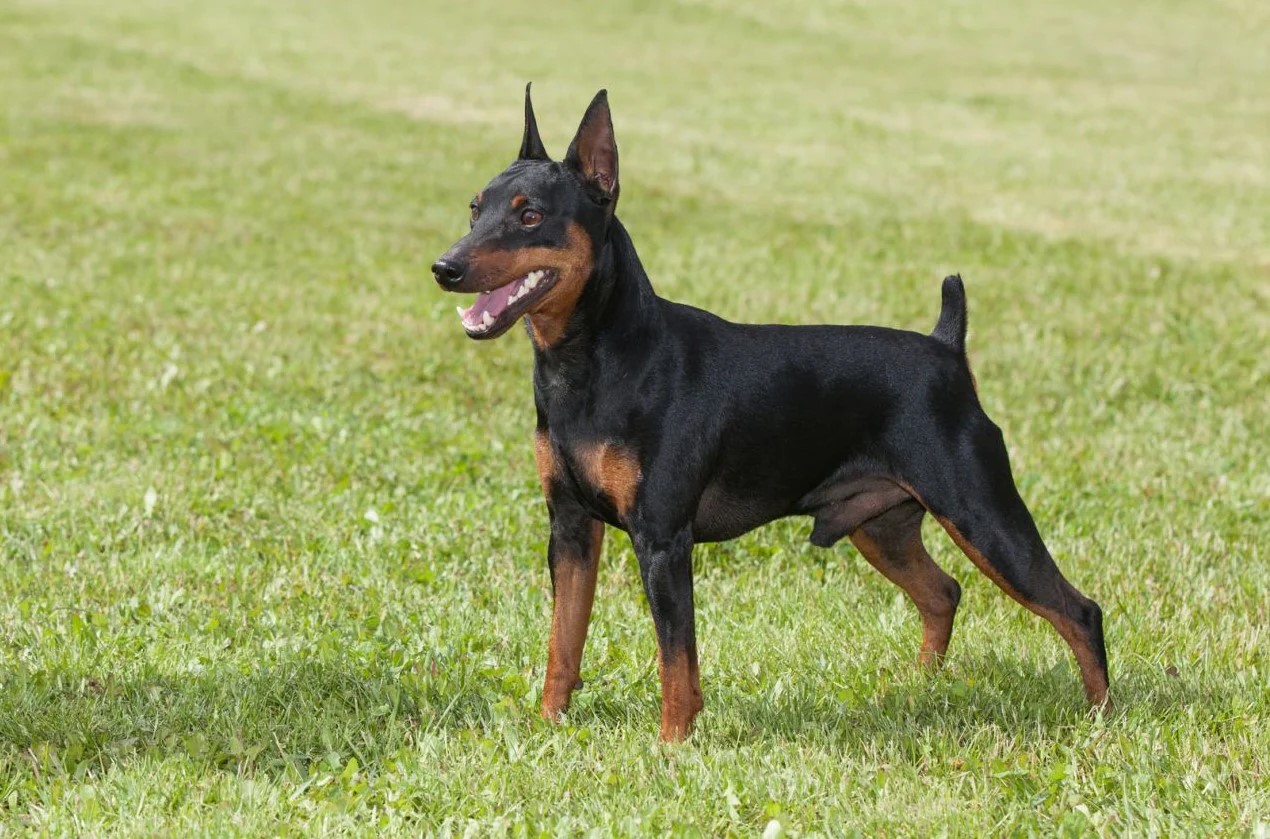
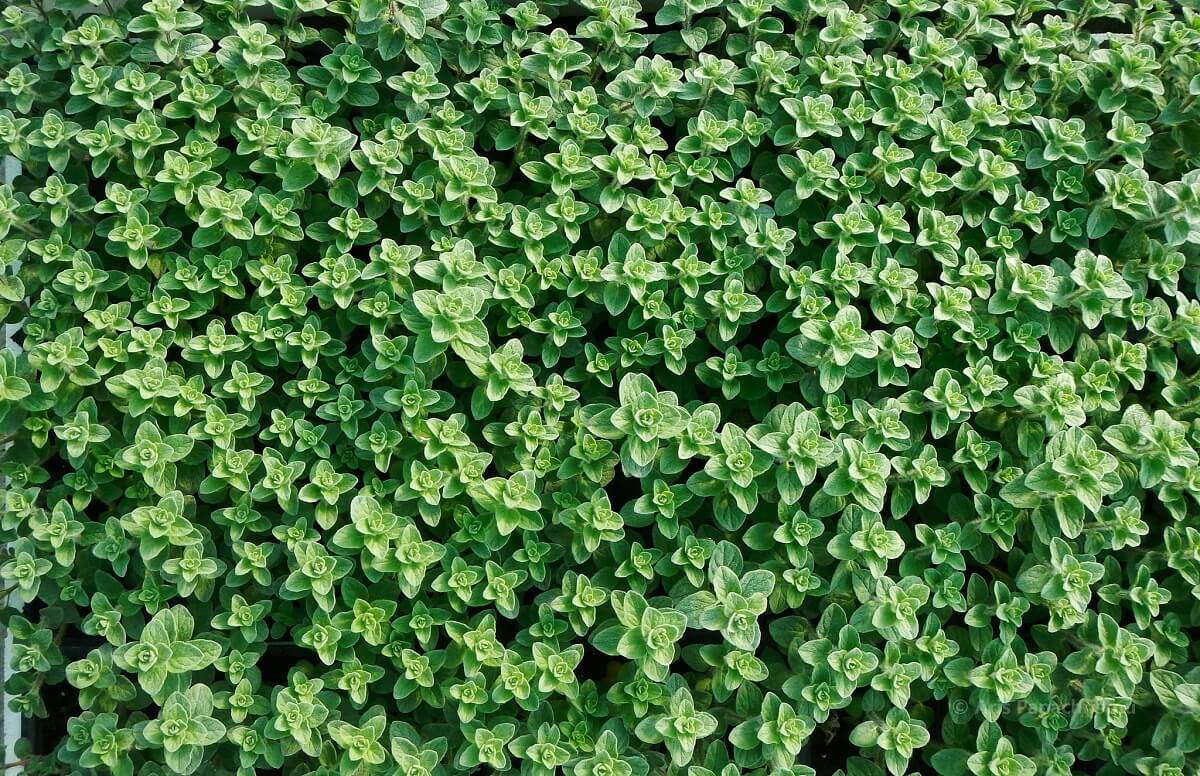
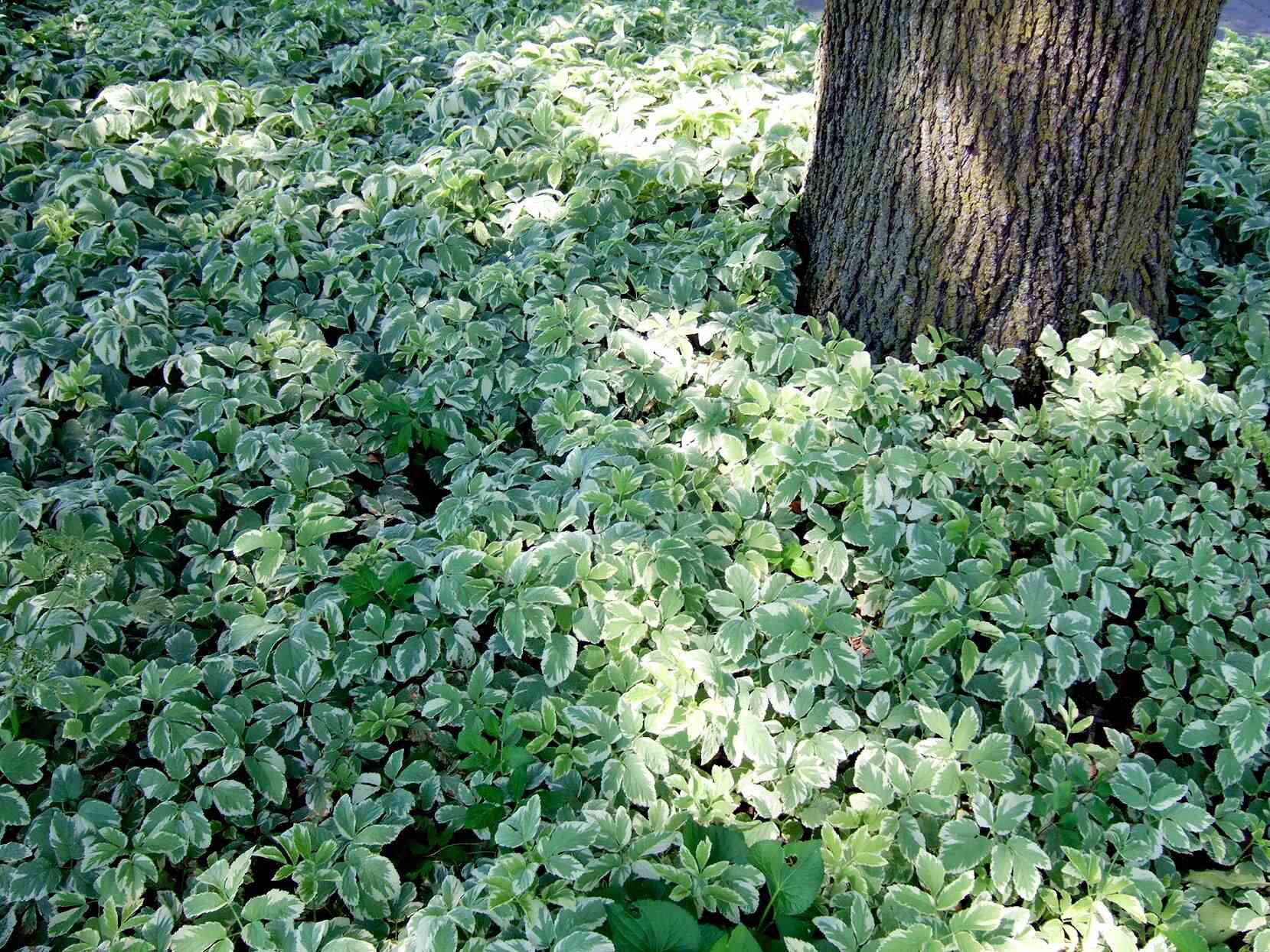
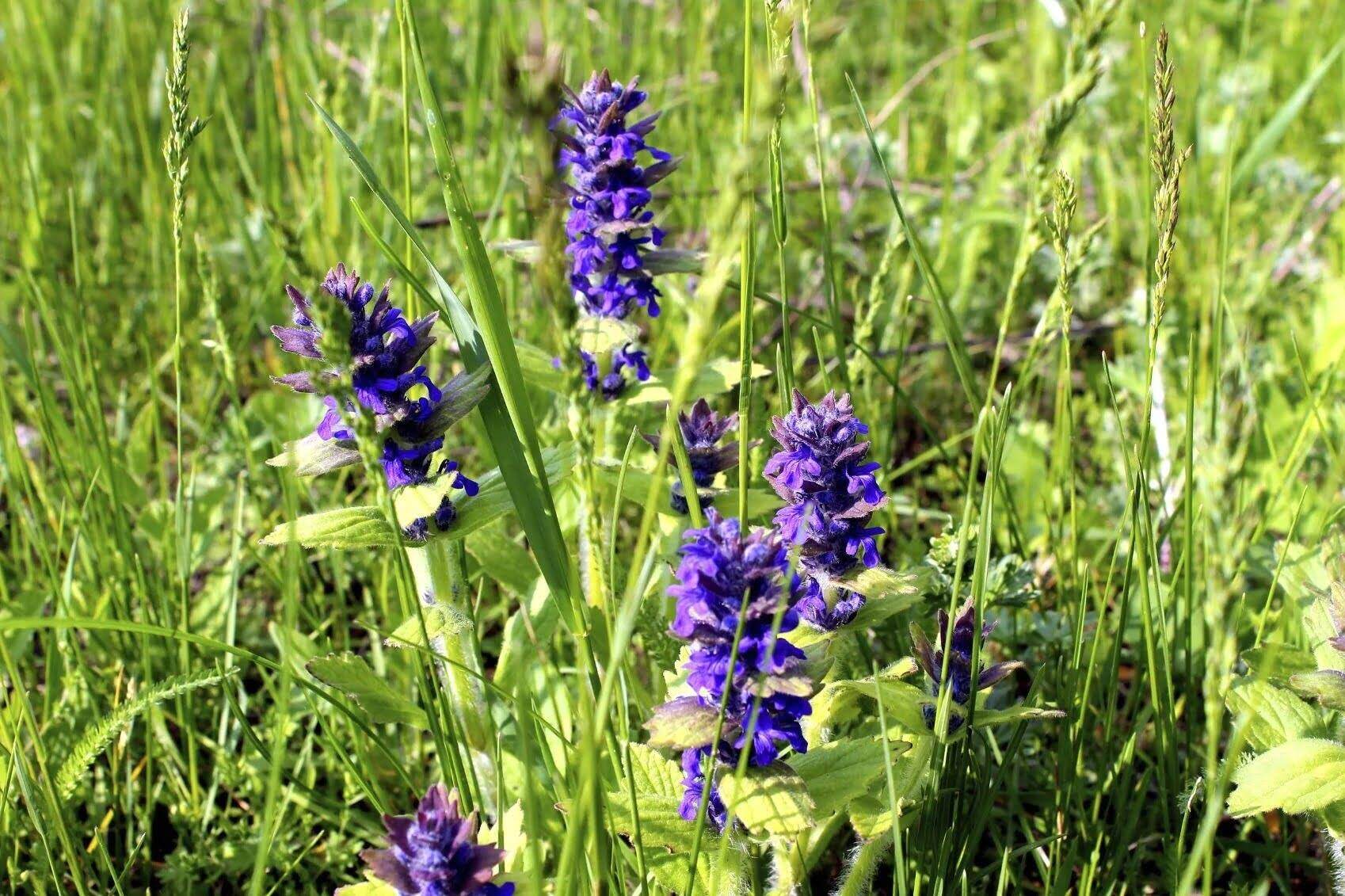
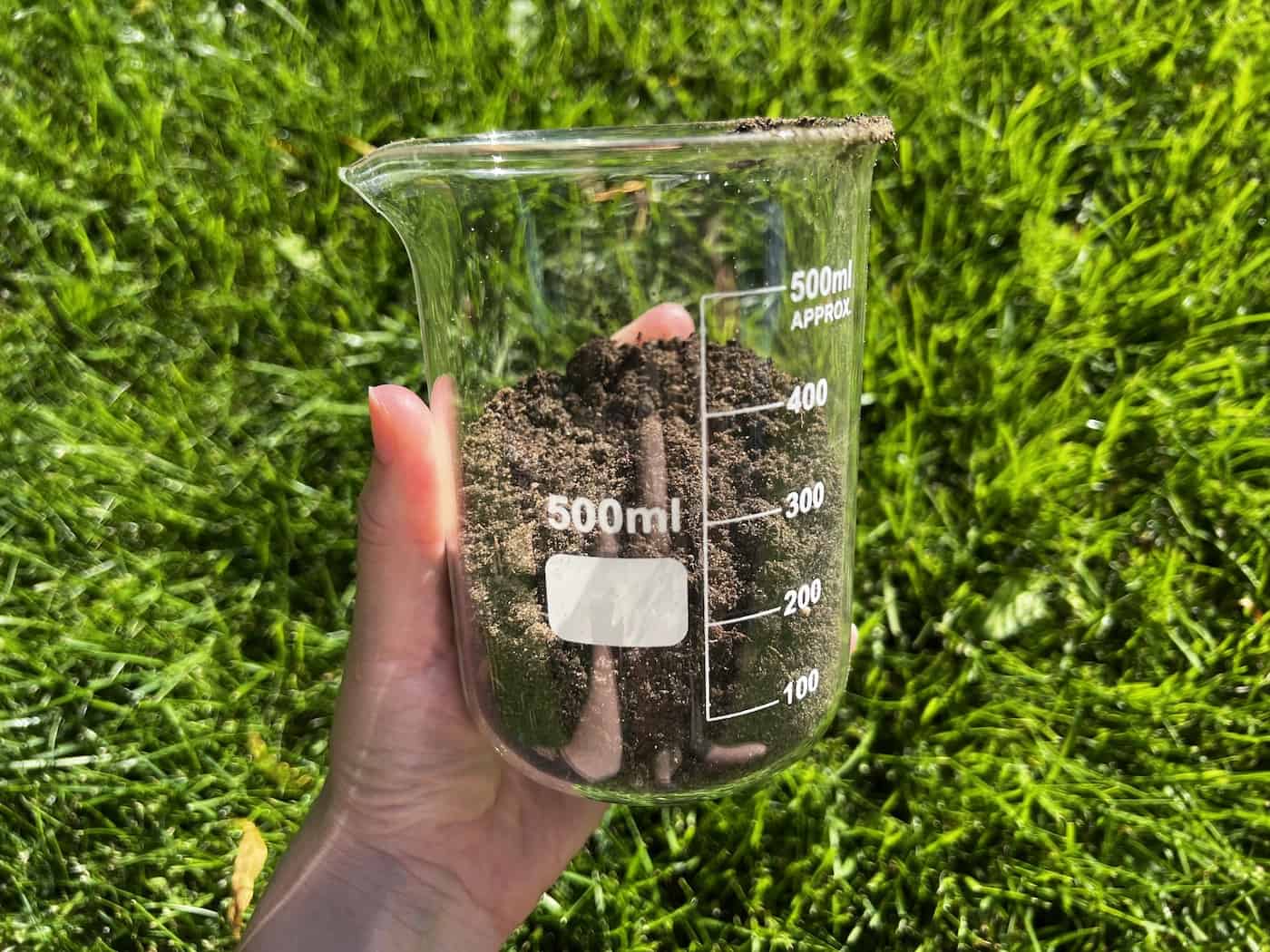
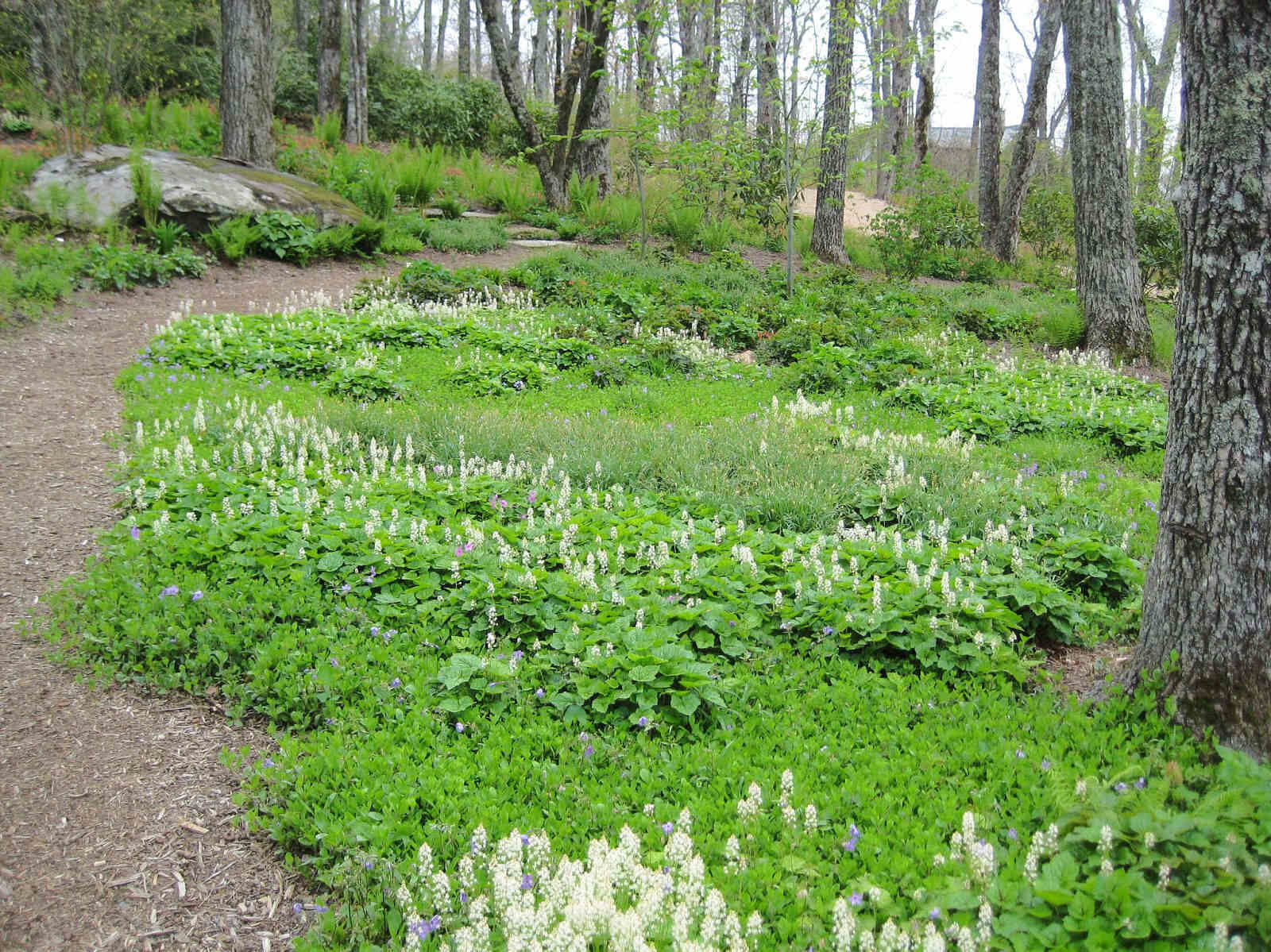

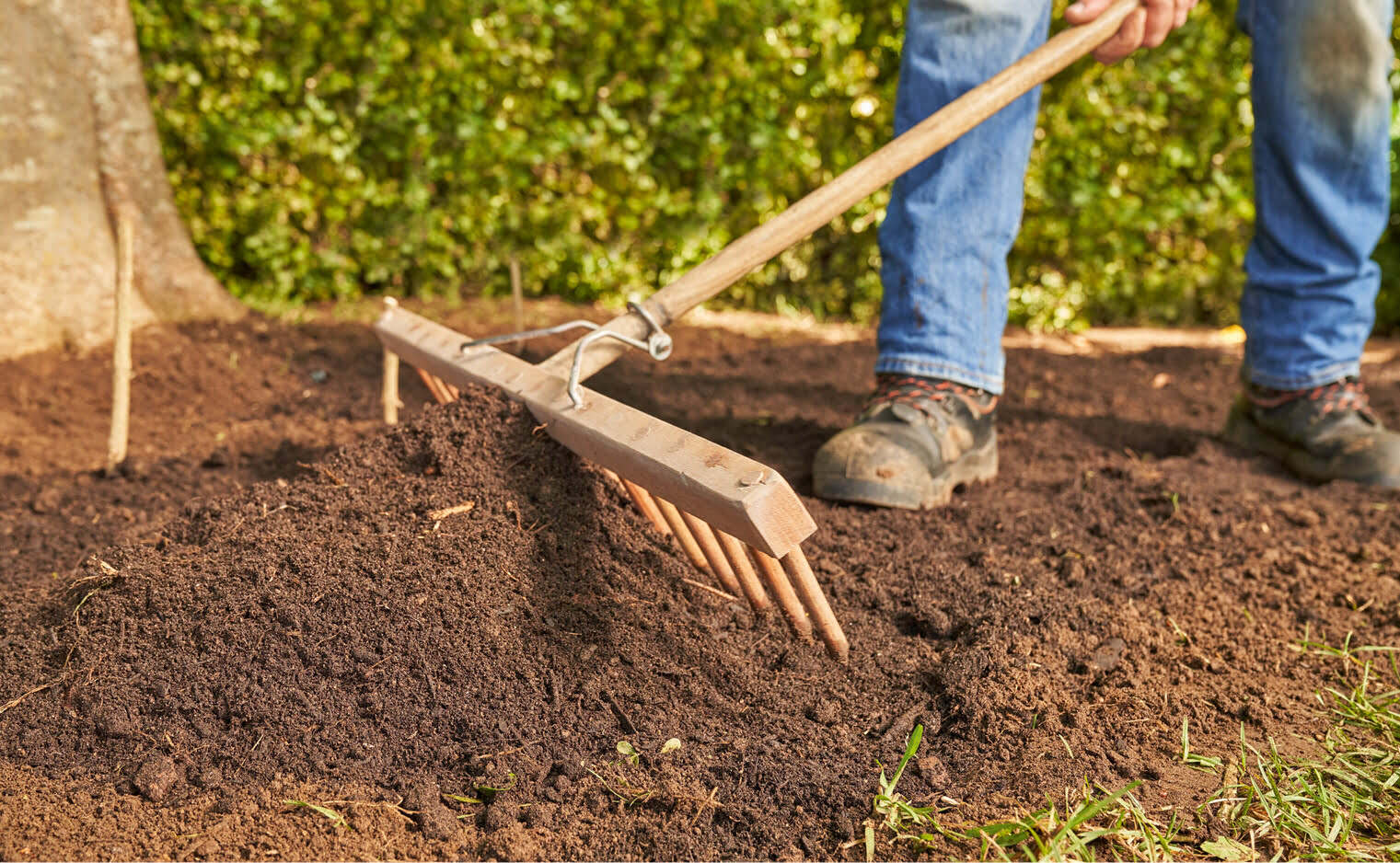
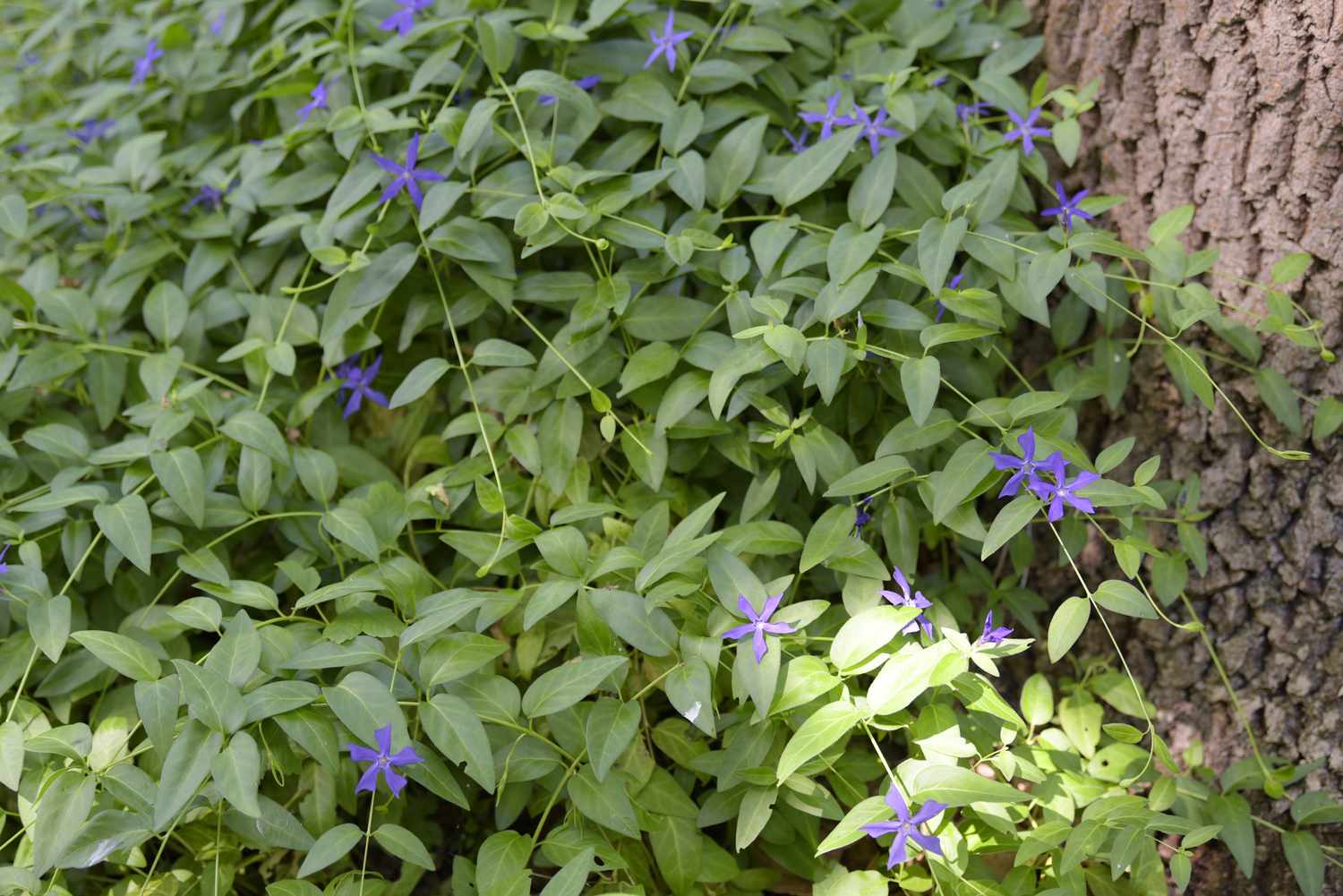



0 thoughts on “How Hard Is It To Grow Ophiopogon Japonicus In Maryland, And Use As Ground Cover For Dogs”